Thank you for downloading this Atria Books eBook.
Join our mailing list and get updates on new releases, deals, bonus content and other great books from Atria Books and Simon & Schuster.
C LICK H ERE T O S IGN U P
or visit us online to sign up at
eBookNews.SimonandSchuster.com
We hope you enjoyed reading this Atria Books eBook.
Join our mailing list and get updates on new releases, deals, bonus content and other great books from Atria Books and Simon & Schuster.
C LICK H ERE T O S IGN U P
or visit us online to sign up at
eBookNews.SimonandSchuster.com

A Division of Simon & Schuster, Inc.
1230 Avenue of the Americas
New York, NY 10020
www.SimonandSchuster.com
Copyright 2014 by Edward Lewis
All rights reserved, including the right to reproduce this book or portions thereof in any form whatsoever. For information, address Atria Books Subsidiary Rights Department, 1230 Avenue of the Americas, New York, NY 10020.
First Atria Books hardcover edition June 2014
 and colophon are trademarks of Simon & Schuster, Inc.
and colophon are trademarks of Simon & Schuster, Inc.
The Simon & Schuster Speakers Bureau can bring authors to your live event. For more information or to book an event, contact the Simon & Schuster Speakers Bureau at 1-866-248-3049 or visit our website at www.simonspeakers.com.
Interior design by Kyoko Watanabe
Jacket photograph by Derek Blanks
The Library of Congress Cataloging-in-Publication Data has been applied for.
ISBN 978-1-4767-0348-0
ISBN 978-1-4767-0350-3 (ebook)
To the women in my life who have been the wind beneath my wings: my wife, Carolyn Wright-Lewis; daughters, Nicole and Haydn Wright; my mother, Jewell Spencer Lewis Clarke; and my maternal grandmother, Mary Spencer Croner.
ACKNOWLEDGMENTS
To my partners: Although none of the three men I went into business with consented to contribute to this book by agreeing to be interviewed, I must nevertheless first thank Clarence Smith, Jonathan Blount, and Cecil Hollingsworth for the founding partnership that gave Essence life. We were the four bold black men bodacious enough to believe we could start a magazine for black women and make it soar. We did.
To the Essence and Time Warner team: Memory is by nature the most unreliable of human attributes. I would therefore like to thank all of the CEOs, editors, managers, salespeople, attorneys, board members, investors, and consultants associated with Essence and Time Warner whose voices are heard and identities revealed throughout this business memoir. Their recollections either jogged my own memory, confirmed events as I remembered them, or helped to correct misperceptions. The writing of a memoir always involves the reconstruction of events that may be imperfect in the telling, but represent the authors best approximation of what occurred many years ago. Through the collective memories recounted here, along with my own, I arrived at my best truth.
To the early riders: Thank you, Carolyn, my beautiful wife, who rode shotgun on this from the very beginning, encouraging me to tell my story and then reading every word with a keen and observant eye throughout the publishing process. Thank you, too, to Mary Ellen Gardner, who knew from the start that the Essence story needed to be told, and did many of the initial interviews for the book. The critical comments of editors Pamela A. Johnson, Frances E. Ruffin, and Sandra Satterwhite who read early portions of the book are also much appreciated.
To the experts: Thank you, Dr. Icilma Fergus-Rowe (FACC), cardiologist at Mount Sinai Medical Center; and Captain Ron Emenheiser, former Air Force pilot and corporate pilot for Fortune 500 companies, for making the complicated accessible, whether discussing the inner workings of a planes engine or the delicate workings of a human heart.
To my friends and business associates: Thank you, James Dowdy and Nat Lehrman, former Essence board members; George Hirsch and John Whitehead; and Don Cornwell and Tom Burrell, my business buddies and best friends, for being there exactly when I needed you to be. I am grateful to Suzanne Warshavsky, my legal counsel, and would also like to thank Constance Robotham-Reid, my assistant for many years, for her loyal support and good counsel. To the staff at Solera Capital, thank you for providing the space, the support, and the serenity that allowed me to effectively work with focus and purpose. Much thanks to Young & Rubicam for its early advertising support.
To the publishing posse at Simon & Schuster: Thank you to Judith Curr, the leader of the pack at Atria Books, who so enthusiastically signed on to publish my story. And to the incomparable editor, Malaika Adero, who brought her always sharp editing eye to the project, I give much gratitude. I also thank her assistant editor, Todd Hunter, for masterfully staying on top of all the logistics involved in getting this book into production.
To the cover girls: What can I say about Mikki Taylor, president and creative director of Satin Doll Productions, Inc., and Sandra Martin, who have been with me practically from the beginning, first as editors in the Essence fashion and beauty department handling the magazines cover shoots. I am so thankful to have had their expertise in executing the cover of this book. They are the absolute best!
To fabulous Faith: Faith Hampton Childs, literary agent extraordinaire, who always goes the distance, and then some, in giving invaluable feedback and nurturing support, I give highest praise and deepest respect.
To my collaborator Audrey Edwards: Audrey listened to me, heard me, captured my quiet voice, then pumped up the volume with stellar writing that gave me a voice ringing true and clear. Thank you!
To the Essence readers: I give much gratitude to the millions of African-American women who have supported Essence for more than forty years. Without you, there would be no story to tell.
CONTENTS
FOREWORD
Camille O. Cosby
I know why Ed is Ed. Edward Lewis was born in the Bronx, New York, but he spent ten summers of his childhood working on his grandparents land in Farmville, Virginia. I know that area very well. My mother was born and raised in Shores, Virginia, a mere fifty miles from Farmville, a small town located between Richmond and Lynchburg. With a current population of fewer than 9,000 people, Farmville is the birth town of Eds mother, Jewell Spencer Lewis Clarke. She was raised there, along with her eight biological siblings and five stepsiblings.
Mrs. Clarke did not want Ed, her only child, to be in the Bronx during the summer, so within days after a school year ended, she, along with numerous other northern black parents, sent their children southon buses, trains, in cars. The purpose was to keep them out of trouble, their parents would say. Ed was sent to Farmville every summer from the age of 5 to the age of 15.
What a town Farmville was in Eds youthrural, communal, considerably Baptistand a place where children, without most exceptions, showed respect for family and neighbors. The community was self-sufficient, growing its own food and making its own clothing. There was a strong emphasis on teaching values and manners.
Farmville was also a town, like all southern places in the 1940s and 50s, that was legally segregated under a powerful, enduring apartheid system in the United States of America. Incredibly, it was the U.S. Supreme Court that institutionalized American segregation in public places, the workplace, and schools with its decision in the 1896 Plessy v. Ferguson case. That decision stated that public accommodations could be segregated by race as long as they were separate but equal. The infamous ruling stood until 1954 when an unequivocal, unbiased U.S. Supreme Court overruled Plessy v. Ferguson with the historic Brown v. Board of Education decision. That ruling essentially outlawed segregation by pronouncing separate can never be equal.
Next page
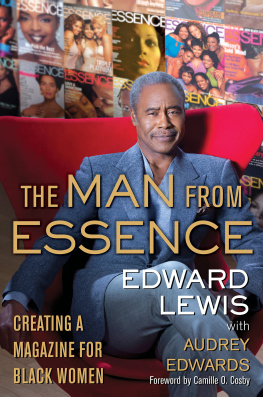


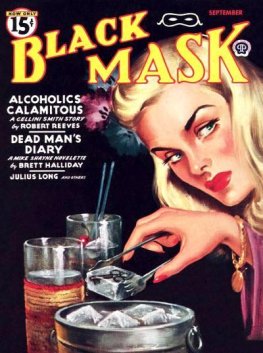
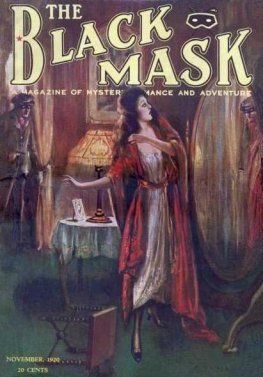
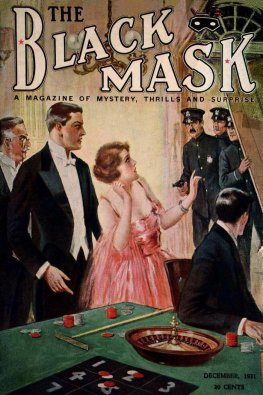
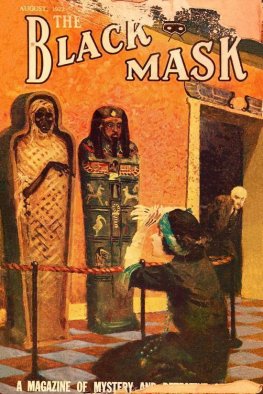
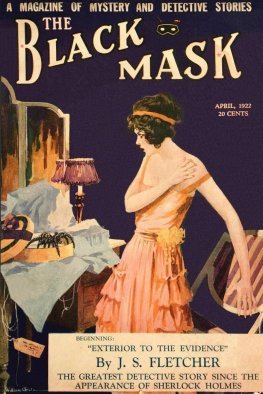


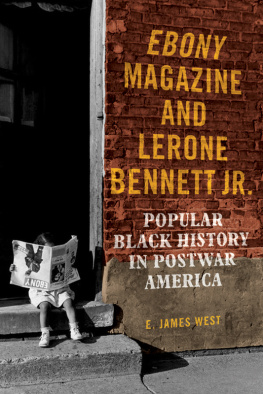



 and colophon are trademarks of Simon & Schuster, Inc.
and colophon are trademarks of Simon & Schuster, Inc.